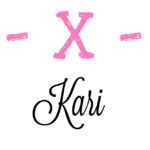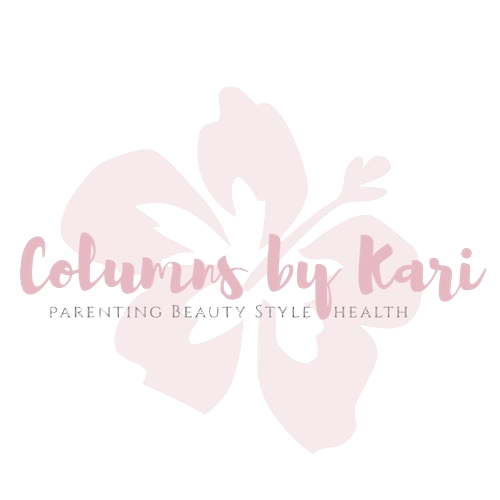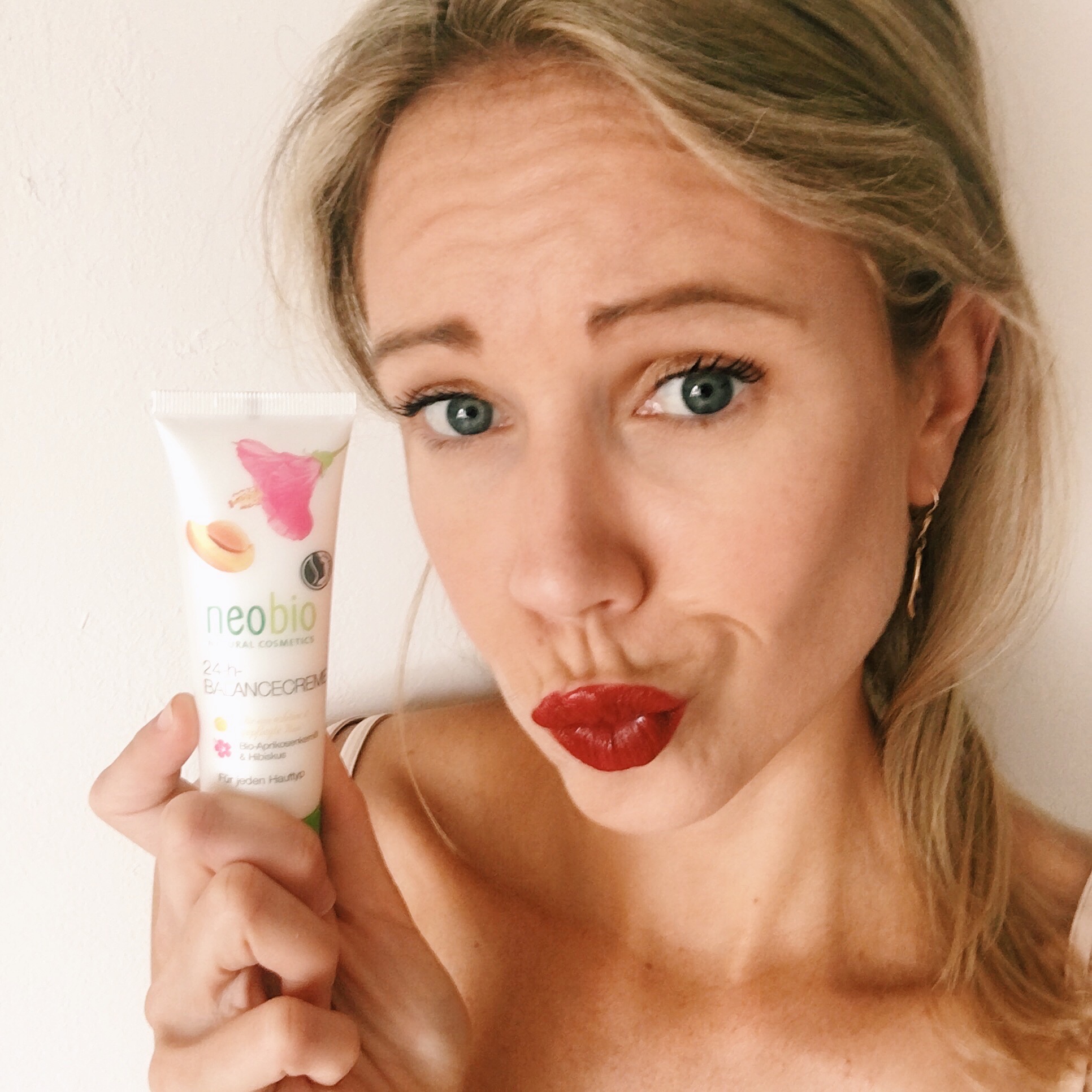Two weeks ago I decided to start a new series called “Behind the Ingredient List”. I’m sorry, but I am NOT going to pursue that. It is going to be just two blogposts. Because I have a life and a baby and a serious case of tired-mom-brain and figuring out what all these ingredients mean, do and harm is time consuming. But I did want to finish these two posts, for two reasons. If you want to know what they are and if you want to know what is in your face cream, then keep on reading.
This was a long one to write. Mainly because I know nothing about chemistry. But also: there are SO many ingredients in a single pot of face cream! But, I wanted to make the effort for two reasons. First of all, I talk about skincare and makeup all the time on my blog. I recommend products I genuinely love: based on experience. But I also want to know what is in them: are they safe for your skin and are they made with respect for the environment and animals. Second reason: I want to know these things for myself as well! I don’t want to be fooled by brands, claims and naïveté. I take care not to put too much crap in my body and I feel my skin deserves the same attention.
I am going to compare a natural face cream (part 1) with my beloved Bobbi Brown Hydrating Face Cream (part 2), which I have been using non stop for the past three years. I started off with the natural face cream, by Neo Bio. It has 26 ingredrients (I wanted to quit after 10). That turned out to be nothing compared to the 48 ingredients in the Bobbi Brown face cream. So, before this turns into a 5000 word long blogpost, let’s get into the ingredients. I will talk you through every ingredient and mark them if they are considered (moderately) risky or harmful. At the end of the post I will give an overall conclusion about this products ingredient list.
[easy-image-collage id=15278]The Ingredient List of Neo Bio 24 hour Balance Cream
Ingredients that are high up on the ingredient list = higher percentage of that ingredient in the product. I have linked one or two sources per ingredient, but I have consulted multiple sources per ingredient. If you read any factual errors, feel free to leave a comment or send me an email.
Water
I feel like we all know this one.
Glycerine soy
Vegetable glycerin, or glycerol, is a clear, odorless liquid produced from plant oils, typically palm oil, soy, or coconut oil (source). A complex method of extraction known as hydrolysis, is used to create glycerine and fatty acids used in skincare. Glycerine is an effective moisturising ingredient, helping to soften and lubricate skin. Glycerine absorbs its own weight in water over a period of a few days, making it the perfect ingredient for dry skin. Glycerine stabilises collagen and accelerates the healing process, which gives it anti- aging benefits (source).
Oil (organic)
Quite self explanatory.
Alcohol Denat
Alcohol Denat is alcohol that is not meant to be consumed: it is denatured, so it tastes crappy. (source) Alcohol is used as a dissolving agent, it kills bacteria which increases the shelf life of a product, it prevents foam formation and it gives your skin a “clean and fresh” feeling. Products that have alcohol denat (denatured alcohol) or SD alcohol, ethanol, ethyl alcohol, methanol, benzyl alcohol or isopropyl alcohol high up on the ingredient list, should be avoided, according to Dr. Jetske. The reason? Alcohol dries out the skin and prevents your skin from producing vitamin A, which will result in aging. Appartently there are also types of alcohol that hardly or don’t irritate the skin. These are cetyl alcohol, ceteary alcohol, myristyl alcohol and behenyl alcohol.
Butyrospermum Parkii
This is actually Shea Butter. Now thats something I know is natural and also in my skincare drawer in it’s pure form. Shea Butter is a botanical ingredient, derived from the seeds of the African Shea Tree. It acts as a skin conditioning agent and viscosity (thickness) increasing agent (source).
Polyglyceryl-3 Dicitrate/Stearate
This product has a low overall health risks, according to ewg.org. But other than that, it was quite hard to figure out what it actually is. Weleda could tell me it is an emulsifier that contributes to a comfortable feeling of the product on the skin.So I’m going to assume it is safe.
Glycerin
I’m confused. I thought we already tackled this one. But apparently, this product doesn’t only contain vegetable (soy) glycerin, but also derived from animal fats, which I think is rather strange for such a self-proclaiming “natural product”. When I looked at NeoBio’s website EVERY face & lip product is vegan. Except for the one I bought… great. I emailed the brand for a comment.
Cetearyl Alcohol
This is one of the “fatty alcohols” that don’t dry out or damage the skin.
Distarch Phosphate
This is a modified resistance starch, derived from corn or rice and used as a food additive. And apparently in face creams too. Distarch Phosphate reduces the greasiness and stickiness of emulsions, making your skin feel silky and smooth (source). De health risks are low.
Isoamyl Laurate
This is an ester (chemical comound) of isoamyl alcohol and laurid acid. It has conditioning qualities and the health concerns are low. According to Paula’s Choice it is often used in foundations because it is velvety soft and enhances the spreadability of product.
Prunus Armeniaca
That’s is apricot. Apparently apricot has at least 29 benefits!
Kernel Oil
Palm kernel oil is an edible plant oil, derived from the kernel of an oil palm. So it’s different from palm oil and coconut oil, since it comes from the kernel.
Rhus Verniciflua Peel wax
This is a wax obtained from the peel of the fruit of a Japanese lacquer tree, called the Rhus Verniciflua.
Xanthan Gum
This is a commonly used food additive. It is a powerful thickening agent, and also has uses as a stabilizer to prevent ingredients from separating (source). It is considered safe to eat and therefore I am going to assume it’s safe to put on your skin as well.
SodiumStearoyl Glutamate
This is an emulsifier with cleansing and skin conditioning qualities. It is determined safe for use in cosmetics.
Hydrolyzed Hibiscus Esculentus Extract
Obviously no health risks here. Hibiscus is said to have anti aging, purifying and moisturizing benefits.
Sodium Lactate
This is the sodium salt of lactic acid. It is used as a food additive and in cosmetics, as a moisturizer and preservative. Because it’s not chemically similar to milk, it’s safe for people that are lactose intolerant.
Topcopherol
Topcopherol is a form of Vitamin E typically derived from vegetable oils. According tot the Honestly blog it has several benefits: it absorbs UV rays and helps prevent UV-induced free radical damage to skin, it acts as an anti-inflammatory agent in your skin, it’s moisturizing and helps to reduce pollution-related free radical damage.
Lactic Acid
Lactic Acid is a natural acid derived from milk. In skincare it is supposed to help reduce acne breakouts and the appearance of wrinkles and other signs of aging. Because it has exfoliating qualities it can cause irritation. You also need to be extra careful protecting your skin from the sun when using products with this ingredient, because it makes your skin more sensitive for sun damage (source).
Dextrin
Dextrin is a carbohydrate with binding qualities that gives products a more stable, smooth, and uniform texture. In addition, dextrin is also said to soothe problematic skin (source). Health concerns for this product are considered low (ewg.org).
Helianthus Annuus Seed Oil
Sunflower, so completely natural. Sunflower reduces moisture loss and has antioxidant advantages.
Parfum (fragrance: natural essential oils)
Speaks for itself.
Linalool
This ingredient is constricted in cosmetics, because the health concerns are considered moderate. Linalool is a terpene alcohol chemical found in many flowers and spice plants. It is used for fragrance If not used properly it can cause skin and eye irritation and it’s even advised not to use when pregnant (source).
Limonene
Limonene is a chemical found in the peels of citrus fruits and in other plants. The health risk is considerate moderate, because it can cause skin, eye and lung irritation (source).
Geraniol
Another scent ingredient with moderate (to high) health risks, because it can cause skin irritation. It is found in rose oil and citronella oil.
Eugenol
Eugenol is also a scent ingredient with a higher risk at skin irritation. It is also associated with allergies and dermatitis (ewg.org).
Conclusion
Most of the ingredients with a higher (moderate) health risk are at the bottom of the ingredient list, meaning this face cream contains small doses of the risky ingredients. Cosmetics brands need to abide by strict rules when it comes to percentages of these ingredients. So, I am going to assume these (scent) ingredients won’t do too much damage to the skin. But if you are prone to sensitive skin, it may be wise to look into other products that use alternatives for eugenol, geraniol, limonene, linalool and lactic acid.
The thing that did surprise and disappoint me is the Alcohol Denat on the top of the list. If it’s one of the first six ingredients in your product, it’s damaging to the skin (not to be confused with the fatty alcohols that are not harmful!).
The other ingredient that disappointed me is Glycerin derived from animal fats. To be fair, every other face & lip product on the Neo Bio website is vegan. I just happened to pick up the only one that isn’t…
Be on the lookout for part 2, in which I will reveal and review the ingredient list of the Bobbi Brown Hydrating Face cream!



2 thoughts on “Behind the Ingredient List: Natural vs High End Face Cream | Part 1”